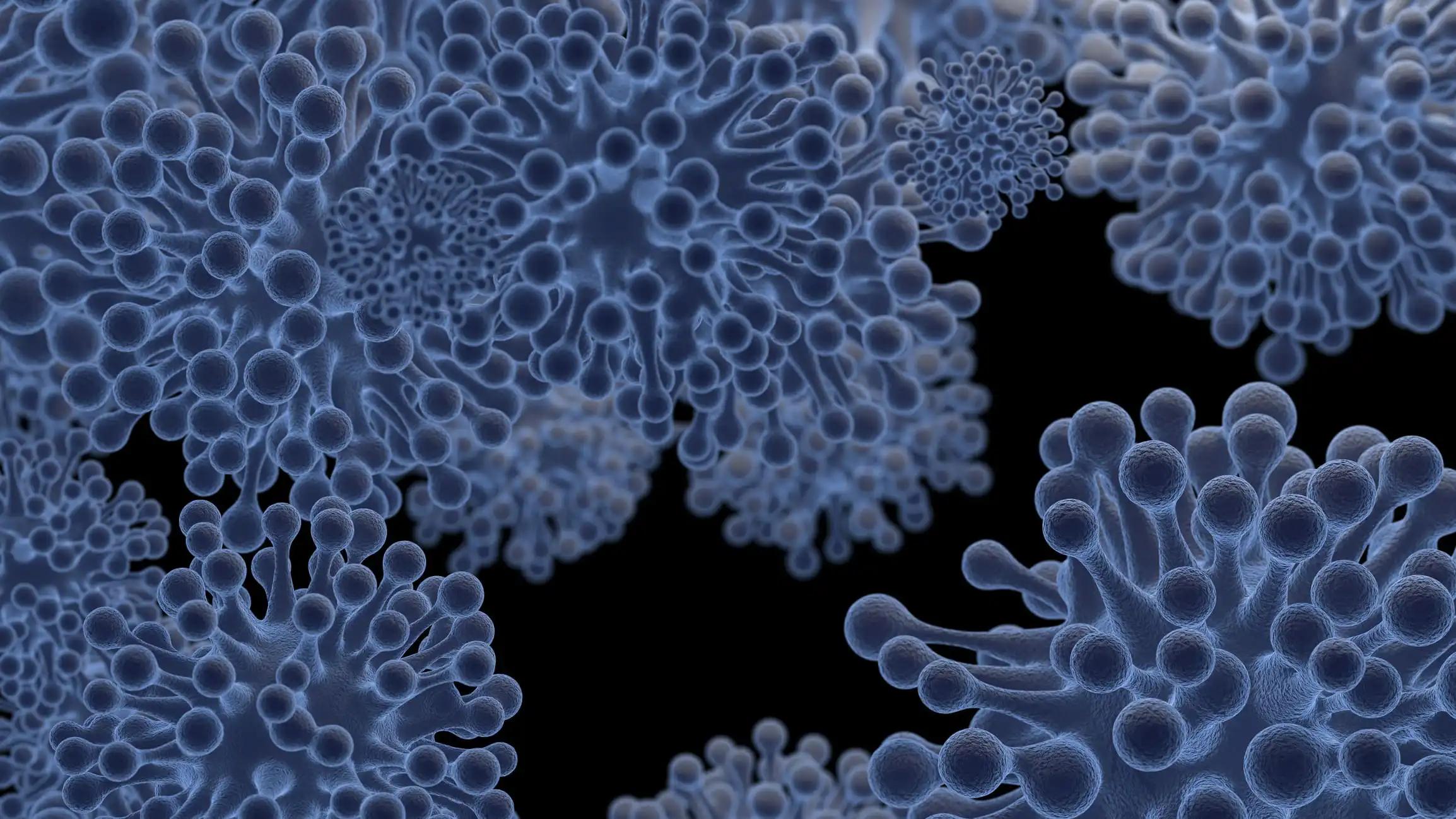KEY TAKEAWAYS
- The phase I/II trial investigated the factors linked to the duration of response (DOR) in R/R CLL patients undergoing CD19 CAR T-cell therapy.
- Higher peak expansion of CD8+ CAR T-cells during treatment is correlated with extended DOR.
- High-risk R/R CLL patients achieve sustained remissions with CD19 CAR T-cell therapy; predictors include Day+28 MRD, CAR T-cell expansion, and serum MIP-1β levels.
The treatment paradigm for relapsed/refractory (R/R) B cell malignancies is transforming due to the emergence of CD19-targeted chimeric antigen receptor-modified (CD19 CAR) T-cell therapy. This study presented a comprehensive examination of the factors linked to the duration of response (DOR), drawing on a median follow-up period of 68 months.
Forty-nine patients (pts) with relapsed/refractory (R/R) chronic lymphocytic leukemia (CLL) or Richter’s transformation (10 cases) were enrolled in phase I/II clinical trials involving well-defined CD19 CAR T-cell therapy (1:1 ratio of CD8+:CD4+ CAR T cells). Patients were separated into two sets: one receiving CAR T cells without concurrent ibrutinib (30 pts, with ibrutinib, halted before lymphodepletion) and the other with concurrent ibrutinib (19 pts, administered at least two weeks before leukapheresis; Gauthier, Blood 2019). Assessment of disease response was carried out following the 2018 iwCLL criteria. We utilized multiparameter flow cytometry (MFC) and IGH next-generation sequencing to evaluate measurable residual disease (MRD) in the bone marrow (BM). Enumeration of CAR T cells was conducted through MFC. The study measured serum concentrations of 20 cytokines using the Luminex assay. Researchers employed Cox regression in a univariate approach to explore connections between outcomes and various patient, disease, and treatment-related factors (41) and longitudinal measurements of serum cytokine levels.
The median age was 61 yrs, ranging from 55 to 67. Complex karyotype and/or 17p deletion were present in 46 pts (94%), and Cyclophosphamide/fludarabine lymphodepletion (LD) was administered to 46 pts (94%). Two pts passed away before re-staging in the response-evaluable cohort (n = 47); median follow-up was 68.3 months (IQR, 54.3-81.6). By day 28, the overall and complete response rates were 70% and 17%, respectively, and the median DOR was 22.2 months (95% confidence interval (95% CI, 10.7-not reached). Measurable residual disease (MRD) negativity by multiparameter flow cytometry (MFC) was achieved in 33/47 pts (70%) by day+28. Among patients with MRD negativity by MFC, 18/29 (62%) exhibited MRD negativity by IGH next-generation sequencing (NGS). For responders who were MRD-negative by NGS, the median DOR was 56.8 months (95% CI, 39.5 to not reached). In all evaluable patients, the 5-year OS and PFS were 35.5% (95% CI, 24.0%-52.5%) and 23.3% (95% CI, 13.3%-40.9%), respectively.
In the univariate Cox regression analysis, achieving MRD-negativity by MFC at day+28 (hazard ratio [HR] = 0.03, 95% CI, 0.01-0.18, p < 0.001), MRD-negativity by NGS at day+28 (HR = 0.21, 95% CI, 0.07-0.61, p = 0.004), higher peak CD8+ CAR T-cell expansion (HR = 0.49, 95% CI, 0.24-1.00, p = 0.05), and lower peak MIP-1β (HR = 3.12, 95% CI, 1.13-8.65, p = 0.029) were correlated with extended DOR. In a multivariable Cox model that encompassed pre-LD CLL cells in the bone marrow, tumor cross-sectional area, peak expansion of CD8+ CAR T-cells, and MRD at day+28 by MFC, the association between peak MIP-1β and DOR persisted (HR = 3.55, 95% CI, 1.25-10.1, p = 0.017).
Sustained remissions are attainable among high-risk R/R CLL pts following treatment with defined-composition CD19 CAR T-cell therapy. The presence of MRD at day+28 and the extent of in vivo expansion of CAR T-cells during peak activity were predictors of DOR. Furthermore, increased serum levels of MIP-1β, a known B-cell receptor (BCR) signaling biomarker, exhibited a robust and autonomous correlation with reduced DOR.
Source: https://ebmt2023.abstractserver.com/program/#/details/presentations/1643
Clinical Trial: https://classic.clinicaltrials.gov/ct2/show/NCT01865617
Liang, E., Hirayama, A., Kimble, E., Portuguese, A., Albittar, A., Chapuis, A., Shadman, M., Till, B., Cassaday, R., Milano, F., Kiem, H.P., Turtle, C., Maloney, D., Gauthier, J., Hutchinson, F.



